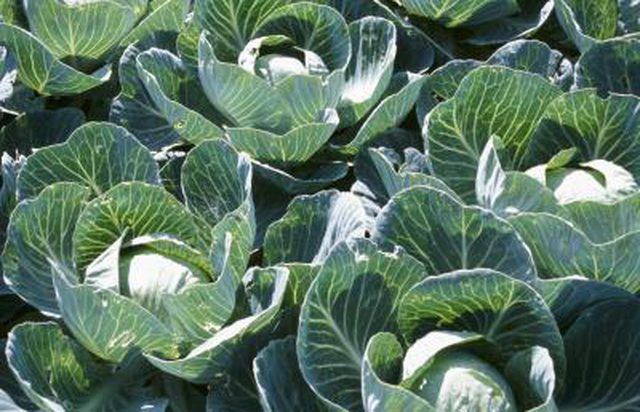Bulbs
Flower Basics
Flower Beds & Specialty Gardens
Flower Garden
Garden Furniture
Garden Gnomes
Garden Seeds
Garden Sheds
Garden Statues
Garden Tools & Supplies
Gardening Basics
Green & Organic
Groundcovers & Vines
Growing Annuals
Growing Basil
Growing Beans
Growing Berries
Growing Blueberries
Growing Cactus
Growing Corn
Growing Cotton
Growing Edibles
Growing Flowers
Growing Garlic
Growing Grapes
Growing Grass
Growing Herbs
Growing Jasmine
Growing Mint
Growing Mushrooms
Orchids
Growing Peanuts
Growing Perennials
Growing Plants
Growing Rosemary
Growing Roses
Growing Strawberries
Growing Sunflowers
Growing Thyme
Growing Tomatoes
Growing Tulips
Growing Vegetables
Herb Basics
Herb Garden
Indoor Growing
Landscaping Basics
Landscaping Patios
Landscaping Plants
Landscaping Shrubs
Landscaping Trees
Landscaping Walks & Pathways
Lawn Basics
Lawn Maintenance
Lawn Mowers
Lawn Ornaments
Lawn Planting
Lawn Tools
Outdoor Growing
Overall Landscape Planning
Pests, Weeds & Problems
Plant Basics
Rock Garden
Rose Garden
Shrubs
Soil
Specialty Gardens
Trees
Vegetable Garden
Yard Maintenance
How to Fertilize Cabbage
How to Fertilize Cabbage. Cabbage requires moist, well-drained soil to grow well in the garden, but even good-quality soil requires additional fertilization. A soil test before you plant gives you the best guide as to which nutrients your soil needs for a successful crop, but you can follow general fertilizer guidelines in an established bed if you...

Cabbage requires moist, well-drained soil to grow well in the garden, but even good-quality soil requires additional fertilization. A soil test before you plant gives you the best guide as to which nutrients your soil needs for a successful crop, but you can follow general fertilizer guidelines in an established bed if you decide to forgo testing. The cabbage requires additional fertilization once it's growing well to ensure the continued health of the plant and an abundant harvest.
Things You'll Need
10-10-10 or 8-8-8 fertilizer
Spading fork or spade
Ammonium nitrate fertilizer
Spread 3 to 4 lbs of a complete, slow release fertilizer over every 100 square feet of garden bed. A 10-10-10 or 8-8-8 fertilizer blend provides sufficient nutrition.
Incorporate the fertilizer into the soil after application. Till it into the top 8 inches of the soil using a spading fork or a spade. Dig into the bed the desired depth and flip the soil and fertilizer over, so it's mixed in with the top soil.
Fertilize the cabbage four to six weeks after the cabbage is transplanted or has sprouted, if you direct seeded it into the bed. Sprinkle 8-8-8 fertilizer at a rate of 3 cups per 100 feet, or apply 1 lb. of ammonium nitrate fertilizer to each 100 feet. Apply the fertilizer 6 inches away from the base of the cabbage plants, as direct fertilizer contact can burn the cabbage.
Irrigate the bed immediately following fertilization. Water dilutes the fertilizer and makes the nutrients liquid, which helps the cabbage roots absorb and use the fertilizer.
Tips & Warnings
If your cabbage plants grow slowly or appear yellow, make a second sidedressing application three weeks after the first.